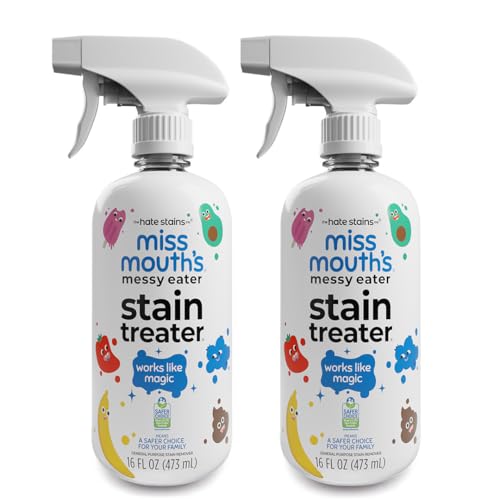Maximum dimensions typically cap at 22 x 14 x 9 inches (56 x 36 x 23 cm) across various airlines. Make sure to measure your bag before traveling to avoid potential issues at the gate.
Weight limits fluctuate, commonly ranging from 15 to 25 pounds (7 to 11 kg). It’s wise to check your specific airline’s policy, as fees can apply for exceeding these limits.
Liquids must adhere to the 3-1-1 rule: containers should not exceed 3.4 ounces (100 milliliters) each and must be placed in a single, clear, quart-sized plastic bag. This ensures compliance with security protocols.
Prohibited items include sharp objects, flammable materials, and certain sports equipment. Familiarize yourself with your airline’s list of restricted items to avoid delays.
Always keep important documents, medications, and electronics in your personal item for easy access. Prioritize organization to streamline your airport experience.
Size and Weight Limits for Carry-On Bags

Most airlines impose specific dimensions and weight restrictions on hand luggage. Typical maximum dimensions range from 22 x 14 x 9 inches (56 x 36 x 23 cm) to 24 x 16 x 10 inches (61 x 41 x 25 cm). Measuring from the wheels and handles is essential to ensure compliance.
Weight restrictions vary significantly, generally falling between 15 to 25 pounds (7 to 11 kg). Airlines such as Ryanair or EasyJet may enforce stricter limits compared to full-service carriers like American Airlines or Delta.
Consider packing efficiently to meet these requirements:
- Use a lightweight suitcase or bag.
- Opt for packing cubes to maximize space.
- Prioritize essential items, minimizing bulk.
Check the specific airline’s website before traveling, as rules can differ even among carriers operating the same route.
Prohibited Items in Your Carry-On
Sharp objects such as knives, scissors, and razor blades must be left behind. These items pose a security risk and are not permitted in the cabin.
Explosive materials, including fireworks, flares, and dynamite, are strictly forbidden. Any item that can cause an explosion or fire hazard is not allowed.
Gels and liquids exceeding 3.4 ounces (100 milliliters) are prohibited. Store liquids in containers of this size and place them inside a quart-sized resealable bag for ease during screening.
Sporting equipment like baseball bats, golf clubs, and hockey sticks cannot be taken aboard. These items can be used as weapons and are not suitable for cabin travel.
Items classified as self-defense, including pepper spray and stun guns, are banned. Such items may lead to safety concerns and are not allowed in the cabin area.
Medication and personal items requiring special storage should be declared. While certain medications are allowed, ensure they comply with airline policies to avoid issues.
Chemical substances, such as bleach or aerosol sprays, cannot be carried on board due to potential hazards. This includes substances that can cause irritation or injury.
Large electronics may need separate screening. Familiarize yourself with airline protocols regarding laptops and other devices to ensure compliance.
Liquids, Gels, and Aerosols Regulations
Containers must not exceed 3.4 ounces (100 milliliters) each. All liquid-filled items need to fit inside a single quart-sized, transparent, resealable plastic bag. Each passenger is allowed only one such bag.
All liquids, gels, and aerosols must be screened separately at security checkpoints. Ensure easy access to the bag during the screening process.
Exemptions exist for certain items: medications, infant formula, and breast milk can exceed the 3.4-ounce limit but must be declared for inspection. Packaging should ideally be labeled for clarity.
Alcoholic beverages over 70% alcohol volume are strictly prohibited. Store any permissible liquids securely to prevent leaks and ensure safety while traveling.
Check specific airline policies for additional stipulations regarding liquids onboard. Compliance with these guidelines helps to avoid delays and security issues during travel.
Special Considerations for Electronics
Electronics must be easily accessible during security checks. Laptops, tablets, and larger devices typically require separate screening, so pack them near the top of your tote for quick removal. When traveling internationally, check specific airline guidelines, as regulations can differ by country.
Power banks are allowed in cabin baggage but must not exceed 100Wh in capacity. Consult your carrier for limitations if your battery is between 100Wh and 160Wh. Always place power banks in your personal item rather than checked bags to avoid fire hazards.
While most electronics are permitted, ensure your devices comply with size limits for smooth boarding. Devices that exceed standard dimensions might need to be checked. Keep chargers and cables organized to avoid tangling and potential delays.
Be aware that some airlines may ask passengers to power on their devices. Carrying devices with a full charge can prevent complications during boarding. If you are concerned about accessibility, consider using a discreet bag specifically for gadgets.
For guidelines on nutritional information related to proteins, explore which of the following defines protein turnover.
Airline-Specific Carry-On Policies
Each airline has distinct rules regarding personal items and hand baggage. Check your carrier’s official website before traveling to avoid surprises at the airport. Most airlines provide clear guidelines on dimensions and weight restrictions. For example, Southwest Airlines allows two free pieces, while Spirit Airlines charges for carry-on items that exceed their size limits.
United Airlines
United permits a standard item measuring no more than 9 x 14 x 22 inches, inclusive of wheels and handles. An additional personal item, such as a backpack or handbag, is allowed if it fits under the seat in front of you.
Delta Airlines
Delta’s maximum dimensions for a carry-on are 22 x 14 x 9 inches. A smaller personal item is also permitted, provided it can be stowed under the seat. Frequent travelers might benefit from understanding how to pack efficiently to maximize space.
Investing in the best luggage personal item can significantly ease your journey. Additionally, be aware of specific airline offerings for travel-friendly items, like the best outdoor chair with umbrella, which can help ensure comfort during layovers.






